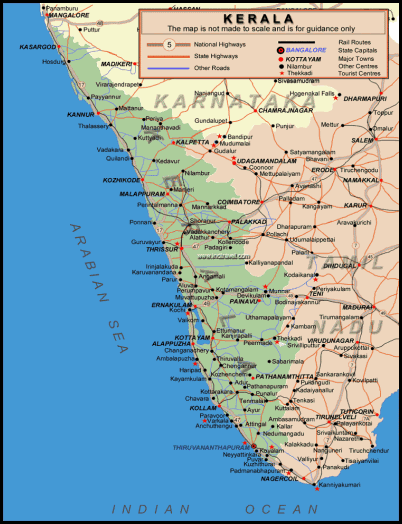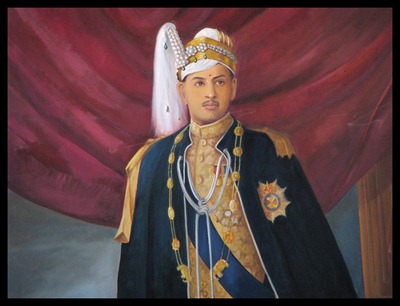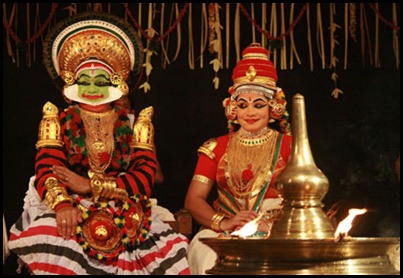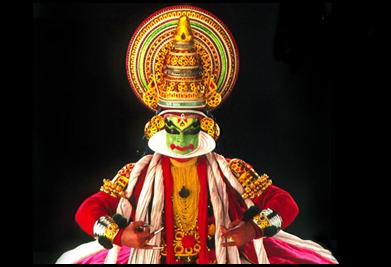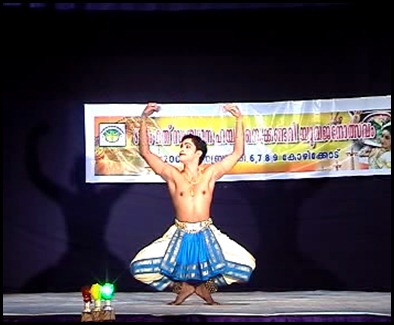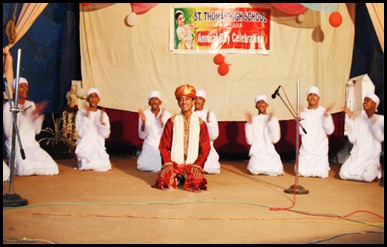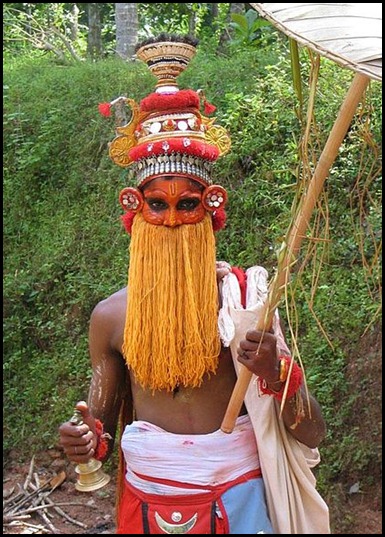SCHOLARSHIP OF SAINT BASIL THE GREAT 2012
As I begin these posts I need to give some background information as to where I am and what in the world I am doing here (questions that have been going through my head several times a day). The next couple of posts will therefore act as something of an orientation.
To begin with I am in Kerala, which National Geographic magazine describes as one of the “ten paradises of the world”. The land lies between the Western Ghats mountain range and the Malabar Coast along the Arabian Sea.
It has been populated since 5000BC and has been exporting spices since at least 3000BC, when it is first mentioned in Sumerian records. The trade continued with the Greeks, the Romans, the Egyptians(records exist from the reign of Ptolemy VII in 166BC), most of the Middle East and most importantly for my studies - East Syrians . Jews arrived in Kerala in 573BC, were reinforced by the Babylonian Diaspora of 587BC, and settled here and Christians arrived here in the year 52AD. Muslims arrived soon after Islam’s birth and the second oldest intact Mosque in the world is here.
Europe’s relationship with Kerala began in 1498 when Vasco Da Gama arrived in Calicut and then founded a Portuguese colony on Goa. The first Viceroy of Portuguese India was installed only two years later. The attempt by Portuguese Roman Catholic Archbishops to convert the East Syrian Christians of Kerala for the next two hundred years effectively fractured the unified church into several denominations and created tensions that still survive today. The Dutch provided some relief when they defeated the Portuguese in 1741 but this was short lived as the British East India Company soon arrived and ousted the Dutch.
The modern history of Kerala is intertwined with the aftermath of Tipu Sultan’s attempt to wipe out the British and persecute the Christians in two of the four Anglo Mysore Wars in the late 18th century. Tipu Sultan finally gave Malabar to the British leaving the two Kingdoms of Travancore and Kochi as independent Monarchies under Maharajas. This state of affairs existed until Independence when all three Malayalam speaking areas came together in what would be modern day Kerala.
Kerala is considered the most progressive of all Indian States with: the highest literacy rate (96%); highest life expectancy; lowest infant mortality rate; lowest poverty rate; lowest corruption rate; 98% of all youth have a school less than 2km from their homes (94% have school less than 1km); and best health care system. Some believe that the recent demographics of Kerala, especially it decreasing birth rate, show that Kerala is rapidly becoming an area that the term ‘developing’ can no longer be applied to. It is also the first place in the world to democratically elect a Communist government.
The bio-diversity of Kerala is also famous with a quarter of all of India’s 10,000 plants and trees being found here. It is most famous for its proliferation of coconut trees, pepper, cardamom, vanilla, cinnamon, and nutmeg. Tea plantations in the Western Ghats produce 23% of India’s tea. The animal life here is too numerous to mention but I will name the most famous: Indian elephants, Bengal tigers, Indian leopards, king cobras, pythons, and mugger crocodiles (which all make an appearance in Rudyard Kipling’s The Jungle Book).
The other thing that Kerala is famous for is its rich and ancient cultural art forms that are still popular today. Koodiyattom in a 2000 year old Sanskrit form of theatre which UNESCO has listed as "a “Masterpiece of the oral and intangible heritage of humanity”. Other traditional art forms include:
and Kerala’s ancient indigenous martial art form Kalaripayattu.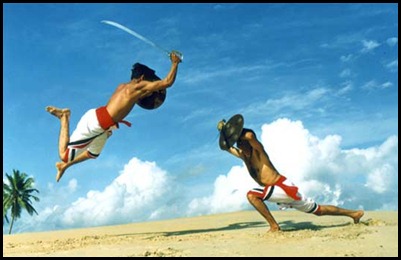
Most interesting however is, by far, Theyyam. Theyyam however is not an art form but rather an ancient religious practice where Dalit (formerly called untouchables) mediums are possessed by a God. This form of divine possession only happens for a couple of months a year and is not easy to find. The Theyyam ritual, which goes on all night long, inverses the old caste system as God becomes one with an untouchable and the purity bound Brahmin priests must touch the feet of an untouchable in order to commune with God and receive his or her blessing. The physical stamina necessary and the elaborate makeup and costumes for Theyyam is legendary and often cuts short the medium's life. William Dalrymple in his book Nine Lives: In Search of the Sacred in Modern India included an entire chapter on this tradition where he interviews a Theyyam medium.
So this is the part of the world where I am presently staying. The riches of its people, culture, history, fauna and flora is staggering. I am already aware that during my time here I will experience only the most minuscule portion of it and this is only one small state of India! There are times when one becomes painfully aware of the shortness of life not because of the suffering of humanity or the steady advance of time but rather because of the sheer abundance of life that one only has time to catch a fleeting glimpse of, let alone understand what you have seen.


